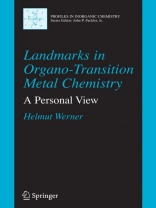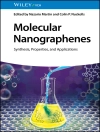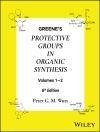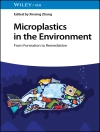Since the discovery of ferrocene and the sandwich-type complexes, the development of organometallic chemistry took its course like an avalanche and became one of the scientific success stories of the second half of the twentieth century. Based on this development, the traditional boundaries between inorganic and organic chemistry gradually disappeared and a rebirth of the nowadays highly important field of homogeneous catalysis occurred. It is fair to say that despite the fact that the key discovery, which sparked it all off, was made more than 50 years ago, organometallic chemistry remains a young and lively discipline.
Cuprins
Prologue.- Biographical Sketch.- The Nineteenth Century: A Sequence of Accidental Discoveries.- Transition Metal Carbonyls: From Small Molecules to Giant Clusters.- A Scientific Revolution: The Discovery of the Sandwich Complexes.- One Deck More: The Chemical #x201C;Big Mac#x201D;.- The Binding of Ethene and Its Congeners: Prototypical Metal #x03C0;-Complexes.- Metal Carbenes and Carbynes: The Taming of #x201C;Non-existing#x201D; Molecules.- Metal Alkyls and Metal Aryls: The #x201C;True#x201D; Transition Organometallics.- Epilogue.
Despre autor
As an undergraduate student, Helmut Werner worked for his Diploma Thesis with Franz Hein, one of the giants of coordination chemistry in Germany from 1920 to 1960, and obtained his Ph. D. in the laboratory of Ernst Otto Fischer, one of the great heros of organo-transition metal chemistry in the latter half of the twentieth century. He prepared the first borazine-metal complexes, isolated the chemical Big Mac, promoted the concept of metal basicity, investigated the chemistry of metalla-cumulenes and, most recently, discovered a new bonding mode for tertiary phosphines, arsines and stibines. He held academic positions at the Technical University of Munich, the University of Zürich and the University of Würzburg, and from 1990-2001 was the Chairman of an Interdisciplinary Research Unit in organometallic chemistry.












